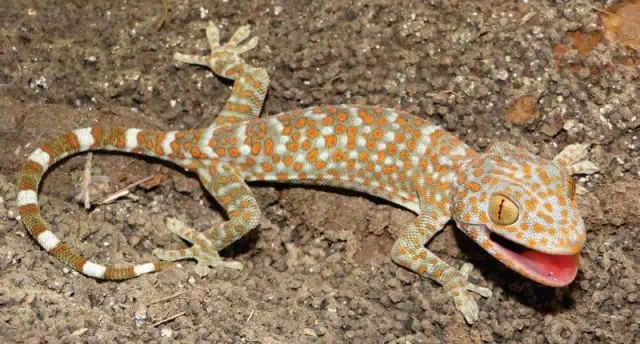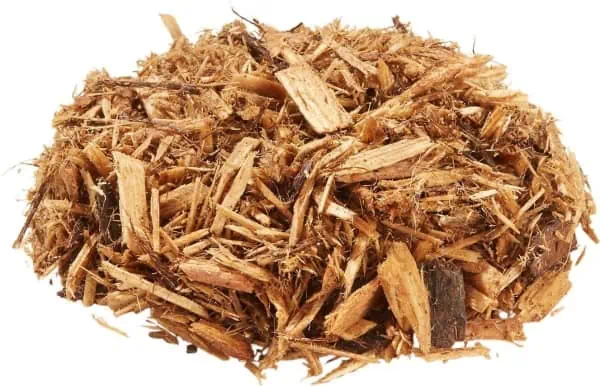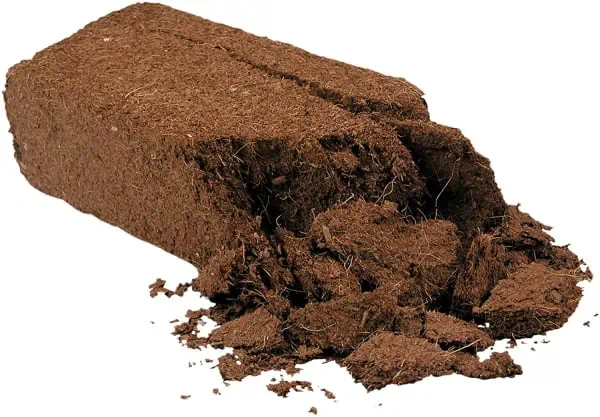Tokay Geckos are some of the largest Geckos in the entire world. This means they need as much space as possible to feel comfortable. If not, they tend to unleash their aggressive side and start tearing the enclosure apart.
If you don’t have much space for your Tokay, you can use a 10-gallon tank for one, and a 20-gallon tank for two or three of them. However, it’s best to have a 20-gallon tank for a single Tokay Gecko and go as big as 30-gallons if you have three living together.
You’ll need to make your Gecko feel as home as possible, especially if your Tokay is brought from the wilderness and not from a breeder. This means that the substrate you use is important in relieving its anxiety and stress.
Tokay Geckos are known for their beauty, but also for their aggressive behavior. This means that you’ll need to put a little bit of effort into making it love its new home.
If you can’t afford a bio-active enclosure and you’re too scared to try if you’re a beginner, you can opt for a tank with fake plants and easy-to-find substrate. But you need to keep in mind that your Gecko needs a vivarium that mimics its natural environment as much as possible.

Types of substrates for Tokay Gecko Tanks
Every Gecko needs a different substrate and the components are often easily replaceable. This means that as long as you know the basics and you’re creative, you can make an amazing tank without emptying your wallet.
You can opt for an artificial or a natural look. Making an artificial tank is very easy and can be done by any beginner. On the other hand, a natural enclosure takes a little bit more work but it looks a lot better and the Gecko feels more like home.
Orchid bark
Orchid barks get their name because this is why orchid growers use for growing orchid plants. They typically come from Fir trees and decompose much slower than other types of tree bark.
It can take a few good weeks for the orchid barks to start breaking down, even when moisture is added regularly. You can even expect it to start decomposing months later.
This type of substrate is perfect for holding humidity, which makes it an excellent choice for enclosures that need to constantly maintain a high level of humidity. This includes the tank of a Tokay Gecko.
Cypress Mulch
Cypress mulch is typically the sawdust or leftovers from when cypress trees are milled for different purposes. It’s very lightweight and can be loosely settled inside your Tokay Gecko’s cage. You can get some here.
It’s great at absorbing a lot of water and at letting evaporation to occur, meaning you’ll need to spray it with water regularly. This makes it great for a Tokay Gecko’s enclosure as they need a lot of humidity as well.
Thanks to the provided increased rate of evaporation, your Gecko’s enclosure becomes more humid without essentially having a damp substrate.
Coconut Bark Chips
Coconut bark chips originate from milling coconut trees and come in various shapes. This includes large, coarse, chunks, and even finely ground husk that looks a lot like soil.
You’ll notice that this substrate is very dusty at first, but it holds the biggest amount of water and is the most durable. This is because they’re capable of absorbing huge amounts of water without starting to break down too easily.
This makes coconut bark chips the best type of substrate for your Tokay Gecko’s vivarium, especially if you opt for a bigger tank.
Newspaper substrate
Newspapers are known to be used as a base for various pet cages. If shredded, it can be used for a bunny or hamster’s cage. If left whole, it can be used as a substrate for your Gecko’s enclosure.
It does a fairly good job at retaining water and it’s easy to clean. However, it also spreads the most allergens and bacteria from droppings. This makes them good only for emergencies.
Some people also use paper towels that have never been bleached and without having any ink designs on them. They’re a decent alternative and they do a good job at cleaning when your Gecko is shedding.
Bioactive substrate for reptile tanks – Why and How?
Bio-active substrates are more complex and can offer a lot more benefits to your lovely pet. Most bio-active substrates are designed to contain bacteria, other microorganisms, worms, and even a few insects.
Going with a bio-active substrate looks a lot more difficult and expensive, but more than that, it gives the impression that it’s a lot more work in the end. And this couldn’t be further from the truth.
It takes a little bit more attention and information to make a bio-active substrate but it’s not insanely expensive. And in the end, it makes cleaning the enclosure a breeze.
You won’t have to change everything every few weeks and disinfect the enclosure every few months. All you have to do is spot clean now and then and monitor the enclosure.
To make a bio-active tank you’ll need to use a bio-active substrate that includes many different living organisms.
What are its advantages?
There are two main advantages of using a bio-active substrate and enclosure over an artificial one. The first advantage is that it looks a lot more natural and your Gecko will feel at home.
And having a natural home allows your wild pet to express many of its urges, such as burrowing, hunting, smelling, and testing the environment. In an artificial tank, your Tokay will get stressed as they can’t express themselves however they want.
The second advantage is that bio-active substrates are extremely easy to maintain. They contain insect-cleaning crews, which means that most of the smallest food waste and animal feces get actively decomposed.
How to make a bio-active substrate
Making a bio-active substrate is fairly easy. All you need is the main substrate you want to use for your Tokay’s enclosure (Coconut Husk for example), fine-grain sand to make it a bit dense, and forest moss.
You’ll need to place the main substrate and the forest moss in a bucket of water that’s more than half full. After an hour or so you will need to tear everything apart (especially the moss) and add a little bit of sand.
Then you need to choose an organic matter, which depends on the species of Gecko you’ll house in the bio-active enclosure. Tokay Geckos need you to replicate a rainforest so you can use dry leaves, peat moss, and coconut fibers.
You need to mix the wet substrate, moss, and sand with your wet organic matter mix and fluff it up. Then it’s time to add the detritivores such as red worms, springtails, and other small insects that can eat the small matter in the substrate.
The last step is adding the bio-active substrate in your Tokay Gecko’s vivarium and you’re ready to start decorating.






